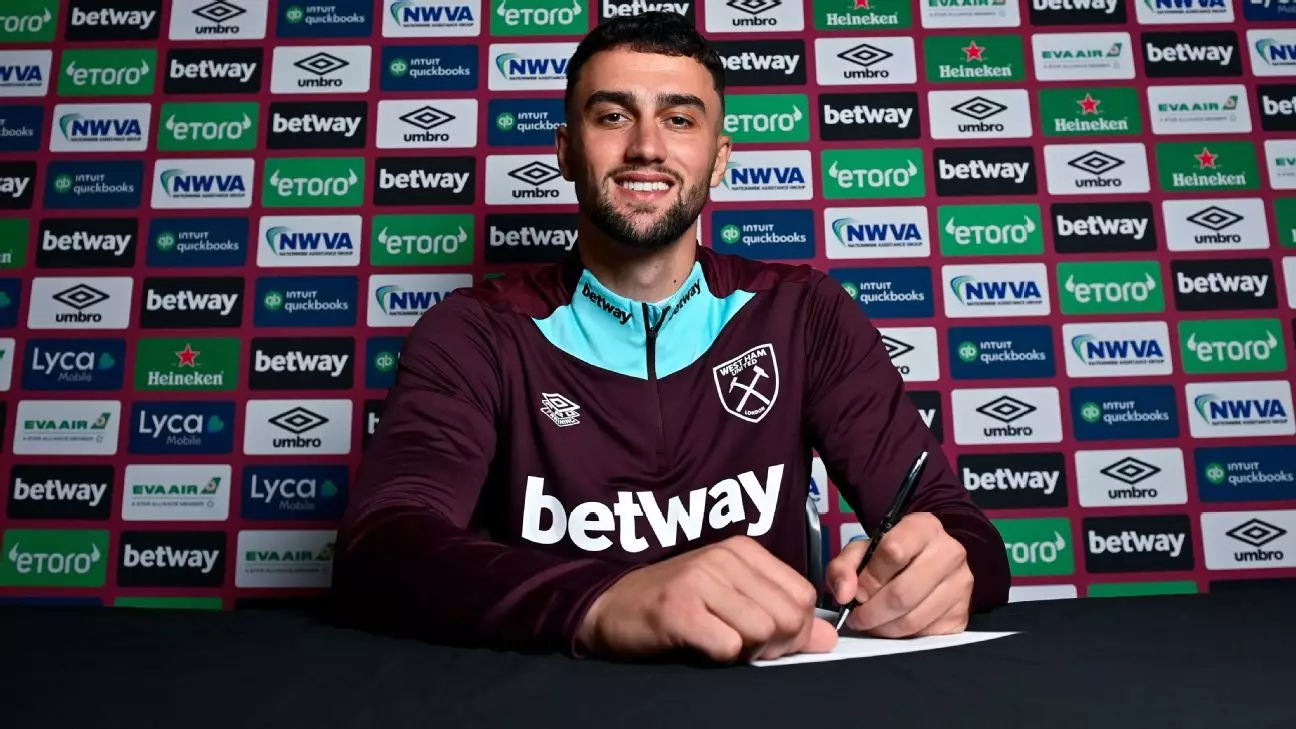The transfer of Max Kilman from Wolverhampton Wanderers to West Ham United for £40 million was a significant move in the Premier League transfer window. However, the impact of this transfer was not limited to just the two involved clubs. Non-league side Maidenhead United also benefitted from Kilman’s transfer, highlighting the potential for smaller clubs further down the football pyramid to gain from major deals in the football world.
Maidenhead United strategically included a future transfer clause in Kilman’s contract when he moved to Wolves for £40,000 in 2018. This clause entitled them to a percentage of any future transfer fee involving Kilman. The recent move to West Ham United triggered this clause, resulting in a substantial financial windfall for Maidenhead. While the exact amount remains undisclosed, it has been estimated to be around 10% of the total transfer fee.
Kilman’s journey from non-league football to the Premier League serves as an inspiration to young footballers playing at lower levels. By showcasing that progression through the football pyramid at a steady pace can pay off in the long run, Kilman’s success encourages clubs, no matter how small, to focus on youth development and player advancement. This not only benefits the individual players but also provides financial rewards for the clubs nurturing their talent.
Several examples in football history demonstrate the impact of future transfer clauses on small clubs. Players like Ollie Watkins, Chris Smalling, John Stones, Raheem Sterling, and Jordon Ibe have triggered substantial payments to their former clubs following high-profile transfers. These clauses have enabled clubs to invest in infrastructure, youth development, and overall sustainability, showcasing the long-term benefits of strategic planning in contract negotiations.
Future transfer clauses act as a revenue-generating tool for smaller clubs, providing them with financial security and sustainability. By structuring these clauses based on various factors like initial transfer fees and potential future earnings, clubs can ensure a steady income stream even after a player has moved on to higher levels of competition. This approach allows clubs to reinvest in their academy, coaching staff, and facilities, shaping a brighter future for the organization.
In a constantly evolving football landscape, clubs need to adapt their negotiation strategies to maximize potential earnings from future transfer clauses. Flexible approaches to structuring these clauses based on sliding scales or specific scenarios can ensure that clubs benefit proportionately from player transfers. By understanding market forces and player development trajectories, clubs can make informed decisions that balance immediate financial gains with long-term profitability.
While big clubs in the Premier League also utilize future transfer clauses to safeguard their interests and capitalize on player transfers, small clubs at lower levels of the pyramid stand to gain significantly from these arrangements. By nurturing young talent, implementing strategic clauses, and leveraging the transfer market dynamics, clubs can create a sustainable framework for revenue generation and development. The success stories of Maidenhead United and other clubs underscore the transformative power of future transfer clauses in shaping the financial future of football organizations.

